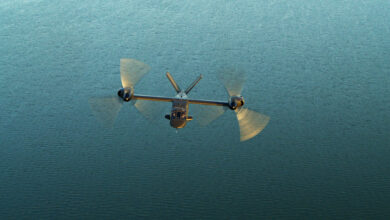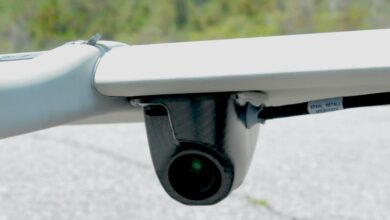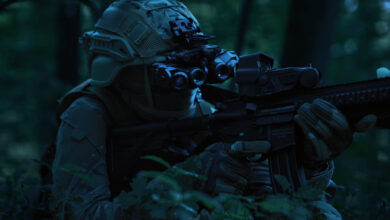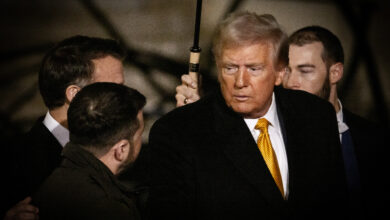Upcoming Tests Likely to Seal Fate of US Army’s Troubled IVAS Goggles: Official
Upcoming operational trials of the Integrated Visual Augmentation System (IVAS) goggles may seal the fate of the US Army’s troubled multibillion-dollar program.
This is according to US Army Futures Command head Gen. James Rainey, who was asked to speak before members of the Senate Appropriations airland subcommittee on the $22-billion initiative.
Some US lawmakers have raised concerns over the program marred with performance challenges, even calling it a “bad penny that keeps turning up.”
Rainey said the IVAS goggles must ace their upcoming test series because a poor showing may result in redirecting its massive budget elsewhere.

“As a former infantryman, I realize the potential [of the IVAS]. It is a legitimate 10 times upgrade to our most important formations,” he said, as quoted by Breaking Defense.
“But if it does not work, then I think we would have to take a very hard look at whether we continue down that path or use the money for other critical aspects of our night-vision strategy.”
A Rocky Path
The much-hyped IVAS goggles were supposed to revolutionize the way soldiers train, operate, and receive information on the battlefield.
They feature a mixed reality heads-up display that integrates next-generation situational awareness tools to aid in decision-making and targeting.
However, the multibillion-dollar program has been on a rocky path as soldiers complained of experiencing discomfort after less than three hours of using the goggles.
Among the “mission-affecting” physical impairments caused by the IVAS are headaches, nausea, and eye strain.
Potential Alternative
If all goes wrong after the IVAS trials, the US Army can redirect the money to Elbit’s Enhanced Night Vision Goggles (ENGV) – Binoculars.
Rainey said the ENGV has “really strong” performance in providing enhanced situational awareness to soldiers.
The system is known for its white phosphor image intensifier tubes that enable operators to see in the dark or when there is fog, dust, or thick smoke.
According to Rainey, investing in a potentially more effective and efficient night vision system can help ensure that the army can “own the night.”













